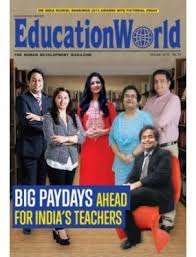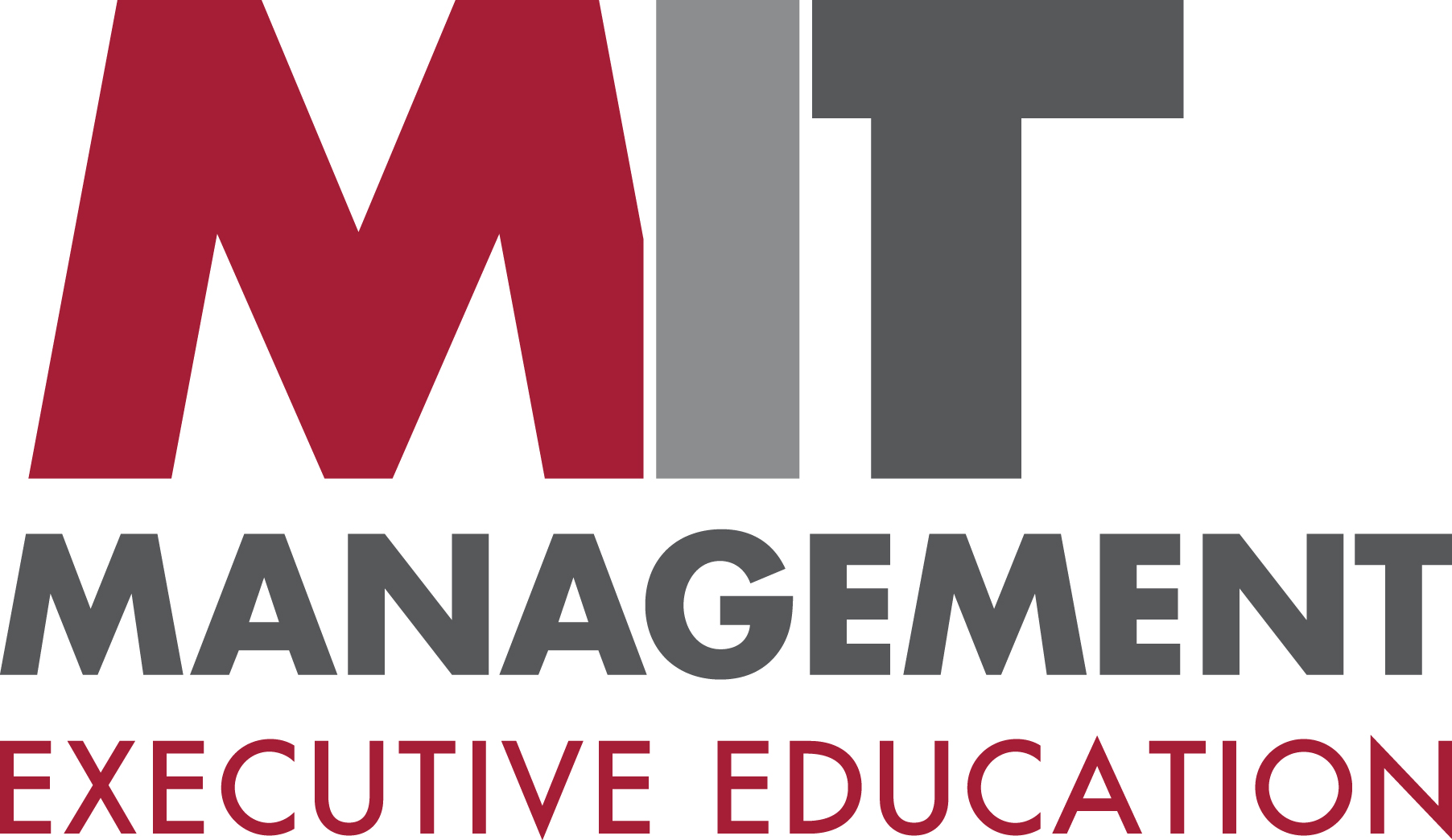- Innovation
How to Accelerate Corporate Innovation
MIT Sloan experts explain how to engage successfully with innovation ecosystems
There is more, however, to innovation than technology. In a recent webinar Dr Phil Budden, Senior Lecturer, and Professor Fiona Murray, Associate Dean of Innovation, at MIT Sloan Executive Education, considered the broader dynamics of innovation, focusing in particular on how organizations need to engage with external ecosystems, how these systems work, which stakeholders might be relevant, and how to get ‘pull through’ for your organization.
Innovation defined
With its multiple Nobel prizewinners, MIT may be synonymous with high-tech invention, yet its definition of ‘innovation’ does not include the word ‘technology.’ The MIT definition is: ‘The PROCESS of taking IDEAS from inception to IMPACT.’
- Impact – Because the outcome and aim of an innovation may be far broader than profit
- Idea – An idea is the match between a ‘problem’ and a ‘solution’
- Process – Process (rather than product or service) to highlight the entire journey—one that engages a range of skillsets and many contributors from inside and outside the enterprise
Innovation is also defined by more than a buzzword. Agile, lean, intrapreneur, hackathon, design thinking, etc. may have a role, but they are not part of the definition of innovation. More central to defining innovation is to set it into a specific context, and for this it is essential to distinguish between ‘Big I’ and ‘Little i’ innovation.
- Big 'I' – Is about far horizon new thinking, new technology, and x10 transformation
- Little 'i' – Is about 10% impact and incremental change—todays solutions for today’s problems
With this understanding, a ‘portfolio’ of innovation efforts can be mapped out. Set against ‘business as usual,’ problems with the greatest degree of novelty will be most ripe for Big I innovation. Problems closer to ‘business as usual,’ requiring less novel approaches, will call for Little i innovation. This distinction is key to informing strategy, allocating funds, and deciding which internal and external contributors to involve in each initiative.
………………………………………………………………………………………………………………
This new short, self-paced, program is available now on demand
………………………………………………………………………………………………………………
Ecosystem engagement
Recent years have seen organizations move away from internally focused innovation, away from R&D departments and labs, to grasp the huge potential of external ecosystems—Silicon Valley, New York, London, Cambridge, Tel Aviv, etc.—and to engage with five key ecosystem stakeholders:
- Entrepreneurs – Startups that can match deep-tech innovation to challenges
- Risk capital – Different flavors of funding to support experimentation and scaling
- Universities – Education for innovators, long-time-horizon generation of solutions
- Corporates – Sharing of data, customer insights, supply chains and expertise
- Governments – Providing funds and commitment, and shapes policy environment.
The five stakeholders have different cultures and care in how they are approached and by who is important. The first three are most involved in Big I innovation.
Innovation leadership
As with any form of change, sustainable innovation needs leadership—especially in large organizations. Effective leaders must be clear about what is to be accomplished, honest about potential blockers, and, using the portfolio approach, precise about time scale, resources, and ecosystem partners.
Dispersed leadership is particularly apposite in the case of innovation, with three essential levels:
- Top level – Establishes priorities. Architects the organization to be innovation fit
- Middle level – Enables and supports the team to deliver
- Frontline – Entrepreneurial leaders deliver innovation outcomes and feedback
Having established what the team is aiming to accomplish three key questions about ecosystem engagement need to be answered:
- What? – What gaps are there and what is needed from the innovation ecosystem?
- Who? – Which ecosystem stakeholders should be engaged with? And who is the best representative to relate to them? E.g., The suited boss a the young creative?
- How? – What is the best way to interact with stakeholders and bring them onside? E.g., accelerators, hackatons, etc, for entrepreneurs. Forms of financial reward for risk capital?
………………………………………………………………………………………………………………………………..
This article is based on the recent MIT Sloan webinar: Accelerating Innovation: Competitive Advantage through Ecosystem Engagement ………………………………………………………………………………………………………………………………..
Join Dr Phil Budden and Professor Fiona Murray for MIT Sloan’s ‘Accelerating Innovation through Ecosystems Sprint.’ This new, short, self-paced program is available on demand.
Or join MIT Sloan’s ‘Accelerating Corporate Innovation: The Competitive Advantage of Ecosystem Engagement’ – the in-person, in-depth, two-day program the Sprint is based on.
View all of the MIT Sloan innovation team’s essential programs here: Corporate Innovation
MIT Sloan is uniquely positioned at the intersection of technology and business practice, and participants in our programs gain access to MIT’s distinctive blend of intellectual capital and practical, hands-on learning.
ARTICLES YOU MIGHT LIKE
VIEWPOINT
Cognitive neuroscientist, Lynda Shaw, explains how to understand and support intrapreneurs
DEVELOPING LEADERS QUARTERLY MAGAZINE AND WEEKLY BRIEFING EMAILS


































